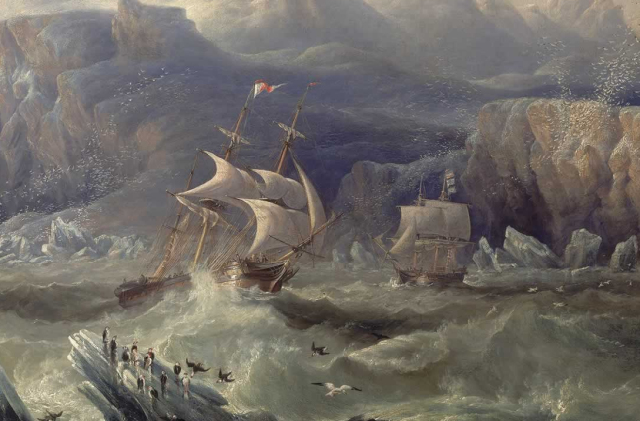
The Antarctic Expedition of 1839-43
James Clark Ross was the most handsome officer in the British Navy, some said. Whether that was true or not they could not argue that he was the most experienced polar explorer in the world at that time, having spent seventeen of the previous twenty years in the Arctic
He had joined the navy at the age of 11 and by 1831 he had sailed in pursuit of, and located, the North Magnetic Pole. He was only 20 years old. In 1839 he was tasked with finding the South Magnetic Pole and took two ships south, the Erebus and Terror.
It would be the last expedition completely under sail to Antarctica as steam ships powered by coal were becoming the norm, though they still utilised sail as well.

Ross didn’t find the South Magnetic Pole but he did travel further south than anyone before him and discovered the Great Ice Barrier (later named the Ross Ice Shelf), McMurdo Sound, the Ross Sea, Victoria Land, and named Mt Erebus (an active volcano) and Mt Terror (a dormant one) after his two ships.
He would spend three separate seasons in the Antarctic before heading home to England where he was to receive a knighthood. His expedition confirmed the existence of Antarctica and charted a large stretch of its coastline, as well as his botanist producing the Flora Antarctica, a book still in use today as a reference on Antarctic plants.
When he died in 1862 he was buried in his local Abbey. There is a lake in the garden of the Abbey with two islands in it. They are named after his ships, Terror and Erebus. Very appropriate I think.
